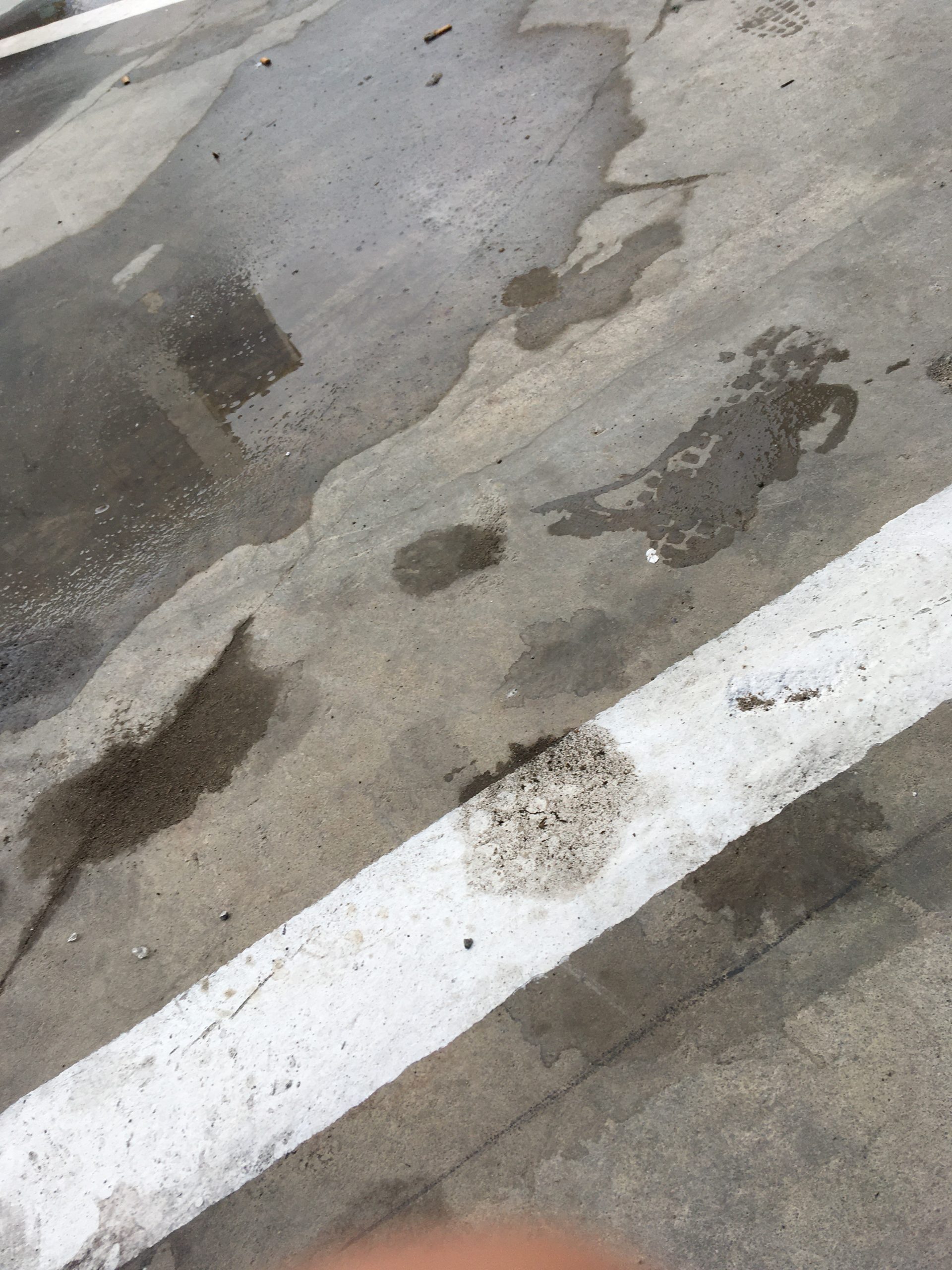… Trying to monitor and control people’s circulation is similar to tracking atmo-spheric pollution and global air circulation in that both are complex systems that are incredibly unpredictable and prone to sudden feedback loops. The closer we look at things that seemed relatively stable, the more we find turbulent movement. People and things are much more like metastable eddies in a river than marbles in a vase. These days, the global circulation of fluids is so complicated that it is virtually impossible to isolate original causes. The turbulence of the air currents that shape our vapor-biome is the source of much unpredictability and anxiety.
Our built environment is partly to blame. COVID spreads most easily in closed indoor spaces with recirculated air. By sealing ourselves up indoors and manipulating the stream of air in a circle, we have decreased turbulence and dis-sipation. But now this has made us vulnerable to organisms that can ride these flows and feed off the built up gradient of energy in these closed loops.
Turbulence, though, is not our enemy. It is the solution. Engineers need to let go on the dream of totality and closed systems and let in more fresh air. The same goes for philosophers who dream of universal ideas closed off from the turbulence of history. Better yet, we should move our activities outside and let the turbulence of wind dissipate our aerosols into the sky. Turbulence and vortices are nature’s most efficient patterns of dissipation. Tat is why water drains down your bathtub in a spiral and not in a straight line. In short, instead of trying to dominate air flows, we can use their turbulence to help dissipate infectious aerosols.
read here
Foto: Sylvia John

